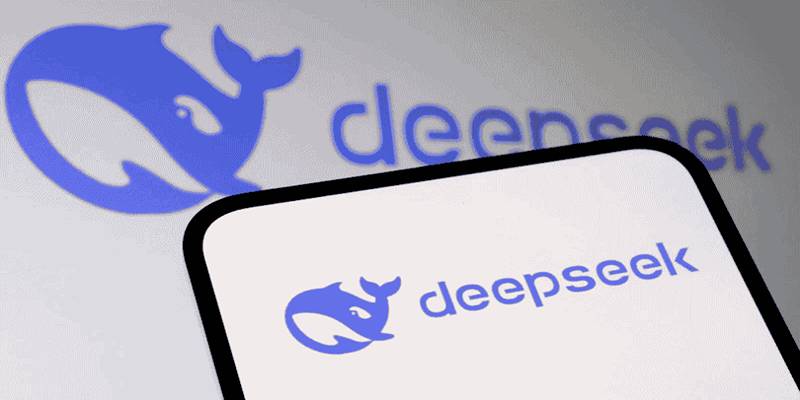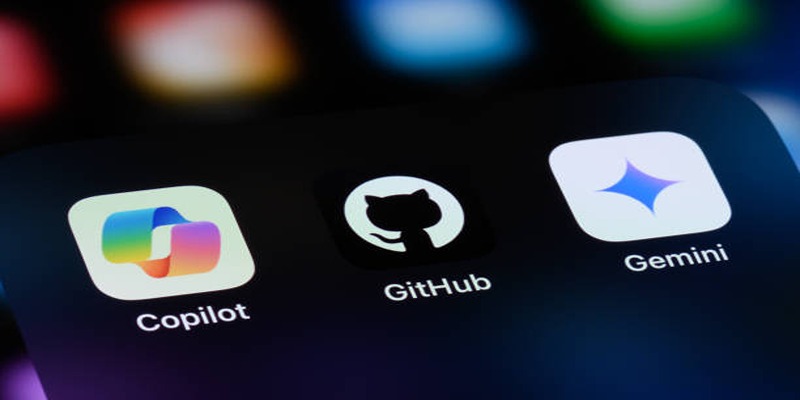In the increasingly crowded world of artificial intelligence, DeepSeek has carved out a name for itself as one of the most powerful and versatile AI tools available today. Developed in China, DeepSeek offers impressive performance, open-source flexibility, and one of the most accessible user experiences in the AI space. But alongside the praise, it also comes with legitimate concerns—particularly around privacy and censorship.
These issues have sparked debate among developers, writers, researchers, and privacy advocates. Some avoid DeepSeek altogether due to its origins and potential data policies. Yet, many continue to use it regularly, not because they ignore its limitations but because they have found ways to make the most of its strengths while working around its flaws.
So, why do so many users choose DeepSeek despite the baggage it carries? The answer lies in a balance of practical value, thoughtful usage, and realistic expectations. Here’s a closer look at why DeepSeek remains a go-to AI assistant for many, even in the shadow of privacy and censorship concerns.
1. Unlimited Usage Without Query Limits
One of the most appreciated features of DeepSeek is its lack of message caps or query limits. Many users of other AI platforms, such as ChatGPT or Claude, encounter daily usage restrictions unless they subscribe to a paid tier. It can be frustrating, especially during creative or technical tasks that require extensive back-and-forth refinement.
DeepSeek eliminates that obstacle. Users are free to explore, brainstorm, code, write, and research without being interrupted by a “you’ve reached your limit” message. It is particularly beneficial for students, developers, and professionals who use AI as a daily companion. With DeepSeek, they can iterate endlessly without being penalized for high usage.
This freedom encourages experimentation and supports more complex workflows. Whether drafting content, planning projects, or debugging code, users can rely on uninterrupted access to the model—something that's increasingly rare in the AI space.
2. Free Access to Its Flagship Model
Another significant draw is DeepSeek’s free access to its top-tier model. At a time when many AI providers are locking their most powerful models behind paywalls, DeepSeek offers its full capabilities to all users—no subscription required.
It includes models like DeepSeek-R1, which are capable of advanced reasoning and multi-step tasks. It’s especially appealing for users who want to experience full-scale AI functionality without committing to a paid plan.
The model doesn’t just provide answers—it often reveals the reasoning behind those answers, creating a more transparent experience. This insight helps users trust the AI’s logic and make better-informed decisions. For example, users planning travel itineraries, writing analytical essays, or exploring data can benefit from seeing how the AI thinks through a problem—not just what it outputs.
3. Open-Source Accessibility

DeepSeek has taken a bold step by making much of its model architecture and codebase open-source. It is in contrast to closed systems like GPT-4 or Claude 3.5, which offer limited transparency and no access to underlying systems.
For developers, researchers, and tech enthusiasts, this is a significant advantage. Open-source availability means users can:
- Run DeepSeek models locally (depending on hardware specs)
- Fine-tune or modify the model for specific use cases
- Integrate DeepSeek into other platforms, apps, or services
It fosters a culture of innovation and collaboration around the model. It also allows users to dig deeper into how the AI works, which can be valuable for educational purposes or product development. Of course, it’s important to acknowledge the model’s origin. DeepSeek was trained under regulations that may influence its data and behavior.
4. Responsible Usage and Data Awareness
No AI tool today is truly private. Whether hosted in the U.S., Europe, or China, all LLMs operate within ecosystems that involve some form of data handling, storage, or monitoring. DeepSeek is no different—its operations are subject to Chinese regulations, which has understandably raised concerns.
However, many users approach AI tools—including DeepSeek—with a responsible mindset. They avoid sharing sensitive personal information, login credentials, financial data, or proprietary company details. Instead, they treat the model as a creative partner or research tool, not a digital diary.
When used with care, DeepSeek becomes a powerful assistant for brainstorming, generating outlines, reviewing logic, or performing non-sensitive tasks. It’s all about understanding what kind of data to input and where to draw the line.
5. Censorship Isn't Unique to DeepSeek
Perhaps the most controversial aspect of DeepSeek is its handling of politically sensitive topics. Ask about certain historical events, foreign policy issues, or criticisms of the Chinese government, and the model often refuses to answer or gives vague, generic responses.
But while this censorship is concerning, it’s not exclusive to DeepSeek.
Other models, including ChatGPT, Claude, and Meta’s LLaMA, apply filters, safety layers, and moderation protocols that sometimes produce overly cautious or evasive answers. These safety nets often reflect the values and guidelines of the companies behind them. In other words, bias and limitations exist in every AI model—they take different forms.
Experienced AI users understand this. They already take AI responses with a grain of salt. Whether the issue is censorship, hallucination, or political alignment, users know that no model is perfectly neutral or reliable.
6. Performance and Versatility

Setting concerns aside, DeepSeek is genuinely powerful. Its language generation is smooth, its reasoning is consistent, and it adapts well to different tones and formats. Whether summarizing technical documents, helping with creative writing, or generating code snippets, DeepSeek proves to be a highly versatile tool.
Its user interface is intuitive, and the experience feels stable across sessions. Despite its newer entry into the global AI market, DeepSeek performs comparably to more established models, offering rich responses with context awareness and minimal errors.
Conclusion
DeepSeek is not without its flaws. Its censorship behavior is real and visible. Its data privacy stance remains ambiguous. And its origins in a tightly regulated country raise valid questions about long-term trust.
Yet, for users who approach AI with awareness, responsibility, and critical thinking, DeepSeek still offers tremendous value. It provides unlimited access, powerful performance, and open-source flexibility—without the immediate paywalls or strict commercial controls seen in many Western models.











